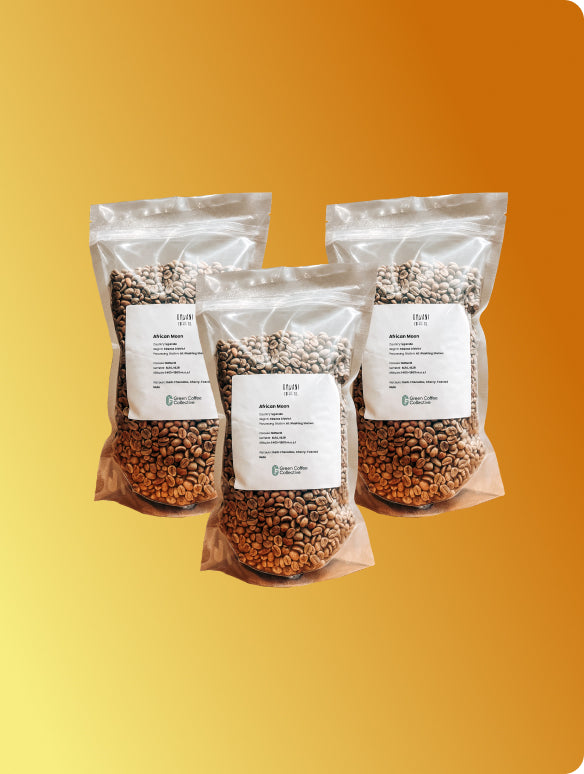Roasting decaf coffee presents unique challenges due to the alterations decaffeination causes in the beans. However, with the right approach and understanding of these changes, you can achieve a flavorful and balanced roast. Here are the top tips for roasting decaf coffee, ensuring you get the best possible results.
1. Understanding Decaf Bean Characteristics
Decaffeinated coffee beans undergo significant structural changes during the decaffeination process. These changes can affect how the beans behave during roasting:
-
Structural Differences: Decaf beans are more porous and fragile, absorbing heat faster, which makes them prone to scorching. Roasters need to carefully control temperature throughout the roasting process.
-
Color and Density Changes: Decaf beans are typically darker and less dense than regular beans, affecting how they absorb heat. This lower density often results in a faster roasting process, requiring careful adjustments to avoid over-roasting.
2. Pre-Roast Preparation
Proper preparation is key to achieving an even and flavourful roast:
-
Sorting and Sizing: Due to the increased fragility of decaf beans, it's important to sort them by size and density before roasting. Sorting ensures that similarly sized beans roast at the same rate, leading to a more uniform roast. If you purchase coffee from a reputable importer this step shouldn't be necessary -but it's always worth visually inspecting the green coffee.
-
Moisture Content Consideration: Decaf beans usually have lower moisture content, meaning they roast faster. Measuring the moisture content before roasting allows you to adjust the profile, lowering the charge temperature and slowing down the roast to prevent scorching.
3. Roasting Profiles for Decaf Coffee
Developing a roasting profile specifically for decaf coffee helps unlock the best flavours:
-
Lower Charge Temperature: Start with a lower charge temperature—typically 10-15°F lower than usual. This helps prevent scorching due to the altered structure of decaf beans, allowing for better control throughout the roasting process.
-
Extended Development Time: Decaf coffee benefits from a longer development time after the first crack to develop sweetness and complexity. However, avoid overextending, as it can lead to a flat or bitter taste.
-
Monitoring First Crack: The first crack in decaf beans is often softer and less pronounced. Use visual cues and temperature readings to monitor the roast, as auditory cues may not be as reliable.
-
Avoiding Second Crack: Most decaf beans should not be taken into the second crack, as it can introduce undesirable bitterness. Roasting just to the end of the first crack or slightly beyond typically yields the best results.
4. Cooling and Post-Roast Considerations
What happens after roasting is just as crucial as the roast itself:
-
Rapid Cooling: Quickly cooling the beans after reaching the desired roast level is essential to stop the roasting process immediately. Rapid cooling helps preserve the developed flavours and prevents over-roasting.
-
Resting Period: Allow decaf beans to rest for 24-48 hours post-roast. This resting period lets the flavours stabilise and develop, resulting in a more balanced and nuanced cup. Skipping the resting period can lead to a brew that lacks depth.
5. Roasting Challenges and Troubleshooting Tips
Decaf roasting comes with its own set of challenges, but understanding these can help you produce superior results:
-
Common Issues:
- Uneven Roasts: Sorting beans and using a consistent profile can help prevent uneven roasts.
- Tipping: Lower the charge temperature and increase airflow to avoid burn marks on the tips of the beans.
- Baking: Keep a close eye on the rate of rise (RoR) to avoid a flat-tasting coffee. Adjusting the development time and roast speed can help prevent baking.
-
Adjusting Roast Levels: Different roast levels bring out different characteristics in decaf coffee. Light roasts preserve the bean's original flavours, medium roasts enhance sweetness and body, and dark roasts should be approached with caution to avoid bitterness.

